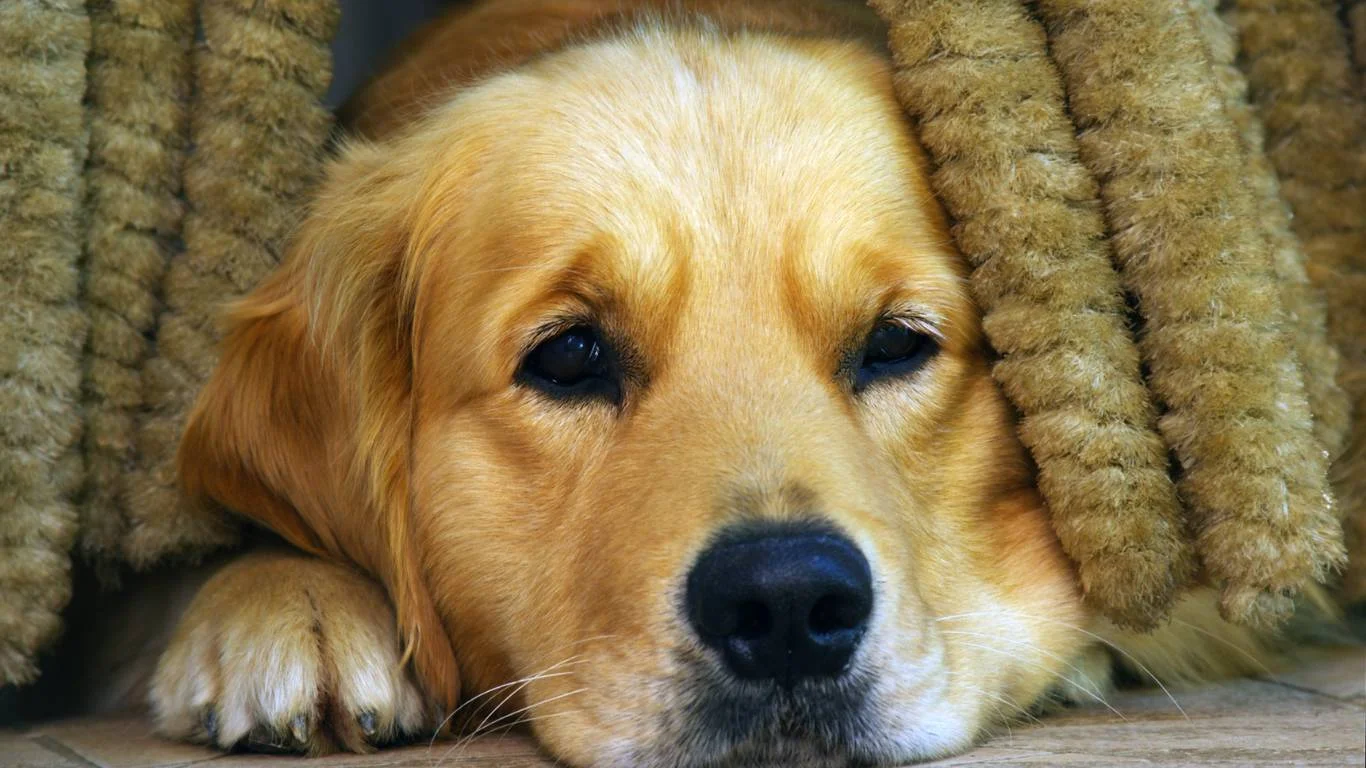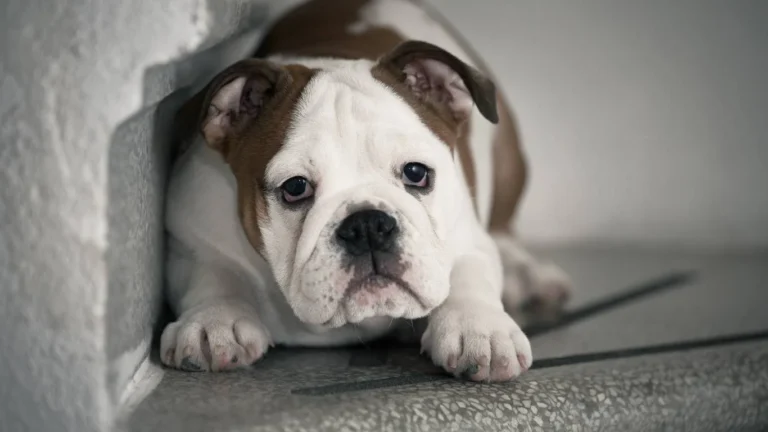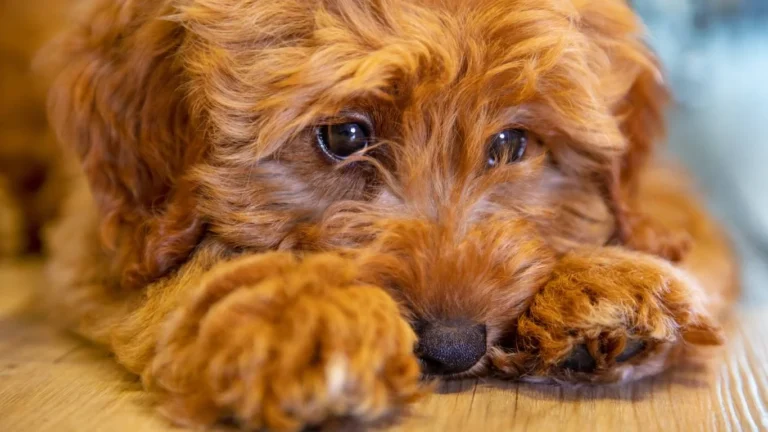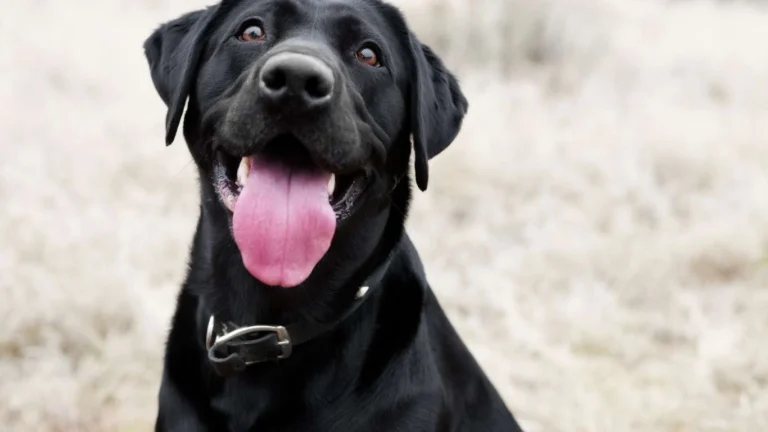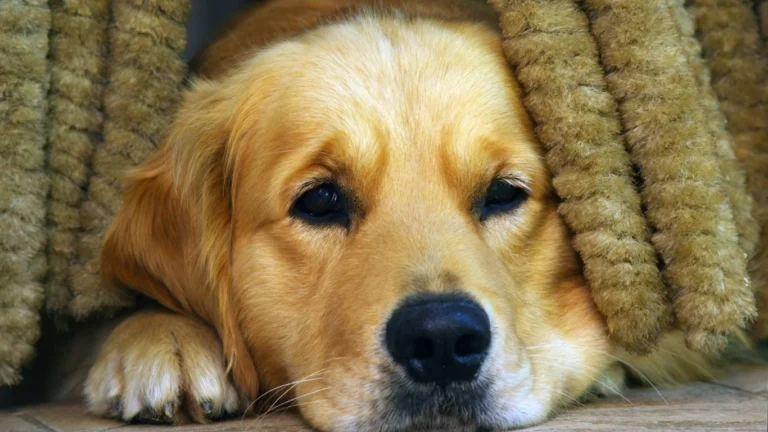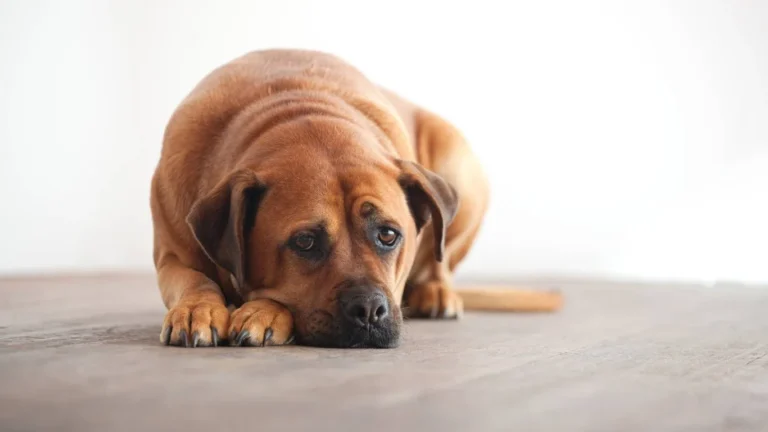How to Keep Your Dog Hydrated in Hot Weather and Avoid Risks
Hey there! If you’re anything like me—someone who’s spent plenty of time as a Veterinary Assistant focusing on nutrition—you know how crucial it is to keep our furry friends happy and healthy, especially when the temperatures start to climb. Today, we’re diving into how to keep your dog hydrated in hot weather, a topic that’s close to my heart. Dogs can’t tell us when they’re thirsty or overheating, so it’s up to us to be proactive. From the tips I’ve gathered working alongside vets and watching countless pups in warm weather, I’m here to share some practical advice that really works.
Why Hydration is So Important for Dogs in Hot Weather

Dogs regulate their body temperature primarily by panting, not sweating like we do. This means they lose moisture quickly, making hydration essential. In hot weather, dehydration can sneak up fast and lead to serious problems like heat stroke or kidney issues. From my experience assisting in vet clinics, I’ve seen how even mild dehydration can make a dog lethargic or irritable—definitely not the playful companion we all want to see. So, keeping their water intake up isn’t just about comfort; it’s a health must-have.
Signs Your Dog Might Be Dehydrated
Before we get into tips on how to keep your dog hydrated in hot weather, it’s super helpful to recognize when your dog might be running low on fluids. Here’s what I always tell pet owners:
- Dry or sticky gums: When you lift their lip, the gums should be moist and shiny, not tacky or dry.
- Sunken eyes: This subtle sign often goes unnoticed but can mean dehydration is creeping in.
- Lethargy or weakness: A dehydrated dog will likely be less energetic and may even wobble a bit.
- Loss of skin elasticity: Try gently pinching the skin on their back; if it doesn’t snap back quickly, they might need fluids.
- Excessive panting or drooling: These can indicate they’re overheating and losing moisture fast.
How Much Water Does Your Dog Really Need?
One of the questions I get all the time from dog parents is, “How much water should my dog drink in hot weather?” There’s no one-size-fits-all answer, but a good rule of thumb is about 1 ounce of water per pound of body weight daily. That means a 50-pound dog should drink roughly 50 ounces (or about 6 cups) of water every day. Of course, on hotter days or after exercise, they’ll need even more to stay hydrated.
Just a quick story: I once cared for a golden retriever named Max who loved running in the summer heat. His owner wasn’t sure if Max was drinking enough water, but after tracking his intake and paying attention to those dehydration signs, they adjusted his water breaks during walks and even added some watery fruits to his diet. Max bounced back with more energy and fewer hot-weather slumps!
Easy Ways to Keep Your Dog Hydrated in Hot Weather
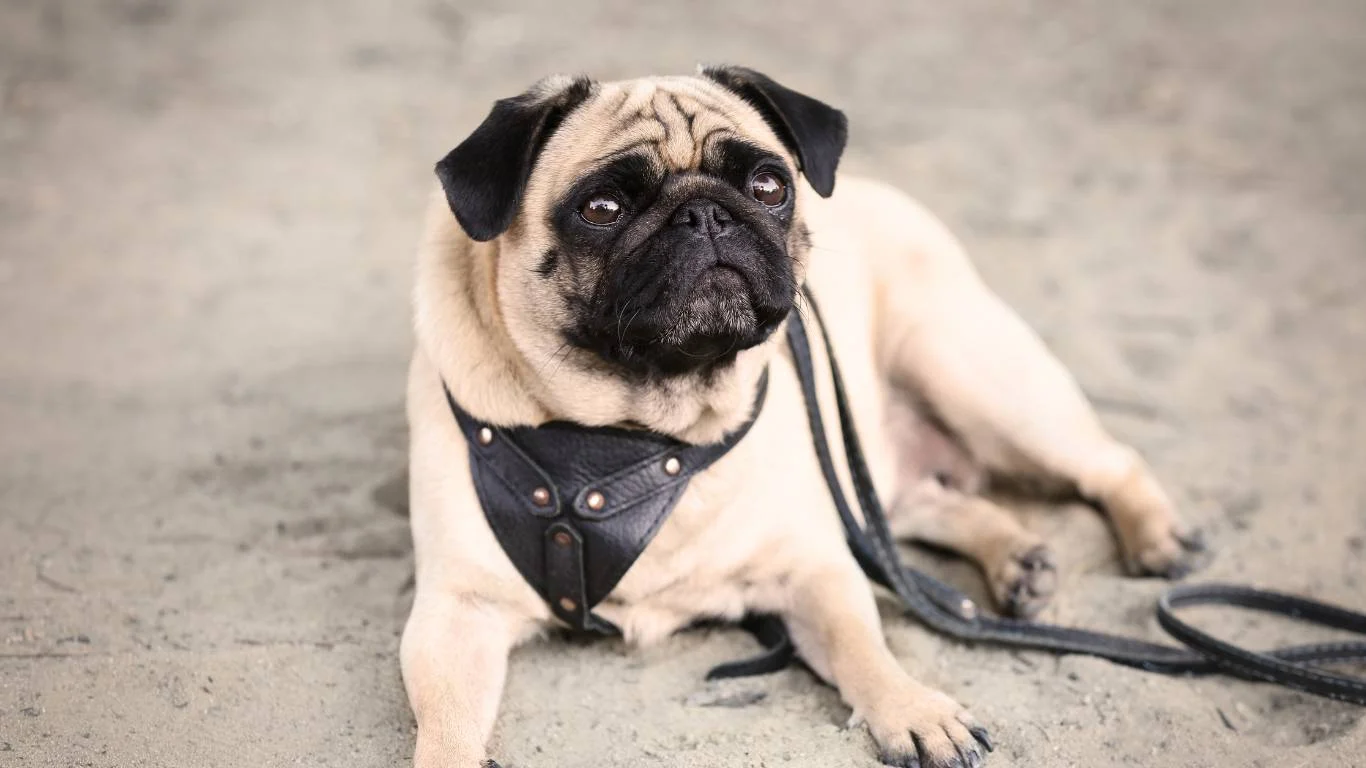
Always Have Fresh Water Available
This might sound obvious, but it’s the #1 step that can’t be skipped. Make sure your dog always has access to clean, fresh water — especially when it’s hot outside. I’ve worked in clinics where some pups refused to drink stale water, so refreshing their bowl multiple times a day really made a difference.
Use Portable Water Bowls During Walks and Outings
If you’re taking your dog out for a stroll or an adventure, don’t rely on the environment to provide water. Carry a collapsible water bowl or a pet water bottle. When I was assisting in nutrition counseling, many pet owners found that having a portable bowl meant their dog could hydrate on the go without hassle.
Incorporate Hydrating Foods
Another trick from my experience is adding foods with high water content to your dog’s diet. Think about small portions of cucumber, watermelon, or even ice cubes made from low-sodium broth. These not only boost hydration but also give your dog a refreshing treat on hot days.
Additional Tips to Keep Your Dog Hydrated in Hot Weather
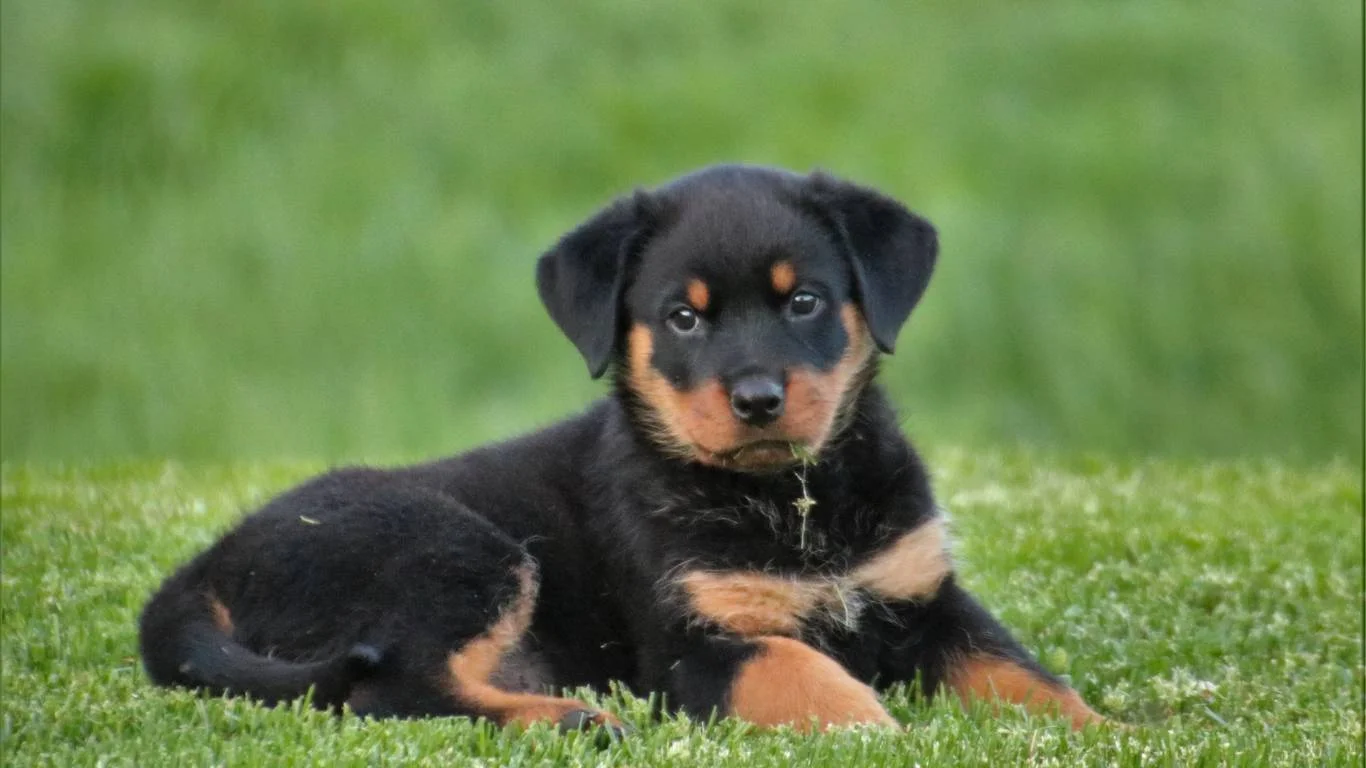
Alright, now that we’ve covered the basics, let’s get into some more hands-on tips that I’ve picked up over the years working closely with vets and pet owners. Keeping your dog hydrated in hot weather isn’t just about water bowls—there’s a bit more to it if you want your pup to thrive when the sun is blazing.
Provide Plenty of Shade and Cool Spots
One thing I always emphasize is that hydration goes hand-in-hand with keeping your dog cool. Even if they’re drinking enough water, if they’re baking in direct sunlight all day, it can be tough for their bodies to cope. When I was assisting at a clinic, a local dog shelter taught me how critical shaded areas are during summer — dogs resting comfortably under a tree or a canopy were much less prone to overheating.
So, set up shaded areas in your yard or near where your dog spends most of their time. If you’re out on a walk or picnic, find spots with plenty of shade or bring a portable umbrella or tent. Not only does this reduce the risk of dehydration, but it also helps prevent heatstroke, which is a real danger on scorching days.
Use Cooling Mats and Wet Towels
Ever seen those cooling mats at pet stores? They’re a lifesaver, especially for dogs who love to lounge around after playtime. I’ve recommended these to many pet owners who want an easy way to help their dogs stay comfortable. Simply placing the mat in a shaded area gives your dog a cool surface to lie on, which helps reduce their core temperature.
Another simple trick I learned during my vet assistant days is to wet a towel with cool water and gently place it on your dog’s neck or paws. Just make sure the water isn’t icy cold because that can shock their system. These little things can help your dog feel more refreshed, encouraging them to drink more water naturally.
Offer Ice Cubes or Frozen Treats
Here’s a fun and tasty way to keep your dog hydrated: ice cubes and frozen treats. When I worked in the clinic, I often suggested to pet parents to try freezing low-sodium broth or diluted fruit juice (like apple or carrot juice) in ice cube trays. Dogs love licking these treats, and it’s a sneaky way to increase their fluid intake without making it feel like a chore.
Just a heads-up, always double-check that any fruits or juices you use are safe for dogs—no grapes, raisins, or anything toxic. Frozen watermelon chunks (seedless, of course) are another favorite in my book. It’s a little extra hydration bonus that also cools them down.
How Exercise Affects Your Dog’s Hydration Needs
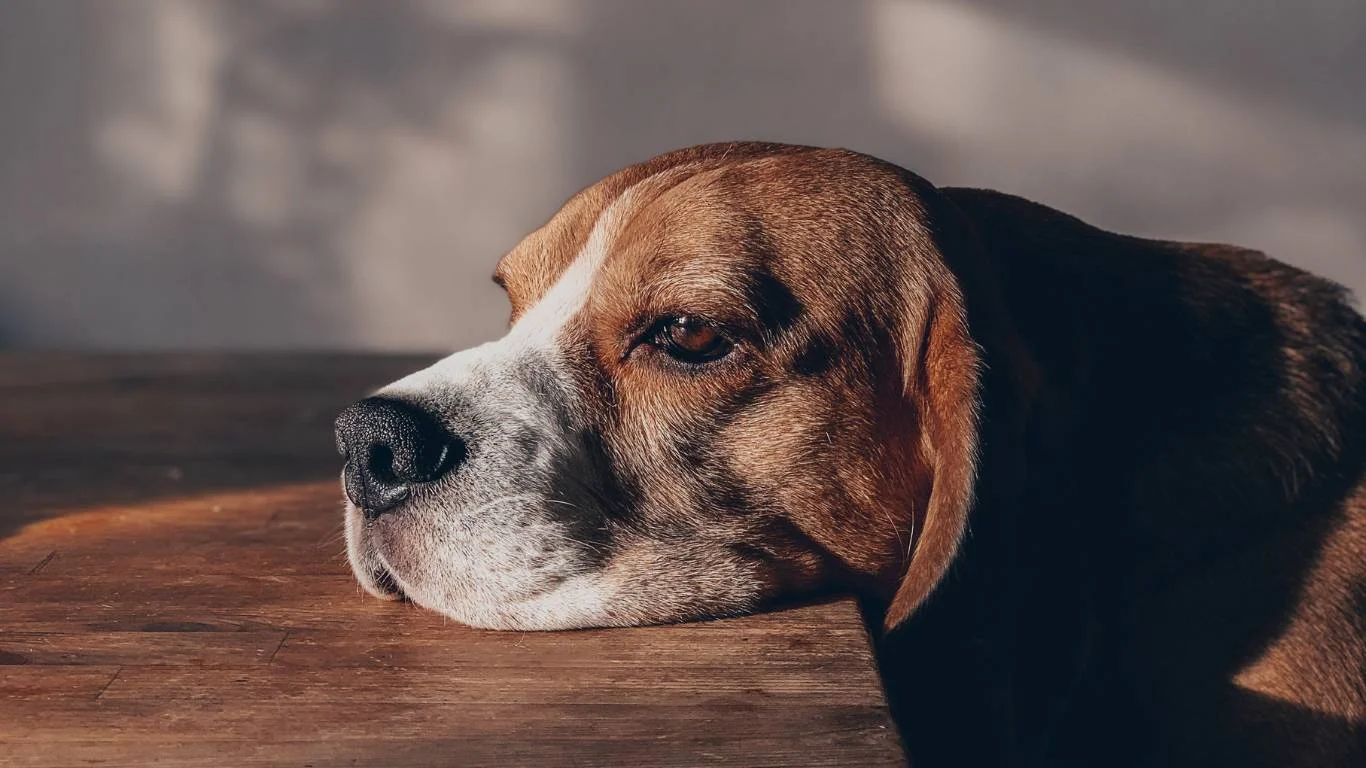
Exercise is fantastic for your dog’s health, but when the weather heats up, it can really ramp up their hydration needs. I remember working with a very active border collie whose owner initially didn’t realize how much extra water he needed after long runs or play sessions in the sun. It’s easy to overlook this, but hydration needs can spike dramatically with physical activity.
Timing Your Walks and Playtime
To help your dog stay well-hydrated, try scheduling exercise during the cooler parts of the day — early mornings or late evenings are usually best. During my time as a vet assistant, I often advised pet owners to avoid midday walks because the heat can cause rapid dehydration and even burn their paw pads.
Also, take regular water breaks during playtime. Carry water and a portable bowl, and don’t wait until your dog shows obvious signs of thirst. Prevention is always better than trying to catch up once they’re already thirsty or overheated.
Adjust Activity Levels Based on Breed and Age
Some breeds and ages are more prone to dehydration and heat stress than others. For example, brachycephalic breeds (think pugs and bulldogs) have shorter noses and can struggle to cool down through panting. Older dogs or those with health issues like heart or kidney problems also need extra care.
During my years assisting vets, I saw firsthand how tailoring hydration strategies to your dog’s specific needs makes a huge difference. For these sensitive pups, shorter, gentler walks and extra water opportunities throughout the day are key.
When to Seek Veterinary Help for Dehydration

Even with all these tips, sometimes dehydration can sneak up, especially during heat waves or if your dog isn’t feeling well. Here’s where knowing when to get professional help is crucial. From my work in the clinic, early intervention often means the difference between a quick recovery and a serious health scare.
Emergency Signs to Watch For
If your dog shows any of the following signs, don’t hesitate to contact your vet immediately:
- Severe lethargy or collapse
- Heavy, rapid panting or difficulty breathing
- Vomiting or diarrhea, which can worsen dehydration
- Gums turning pale or bluish instead of pink
- Uncoordinated movements or seizures
How Vets Treat Dehydration
In the clinic, mild dehydration can often be managed with fluid therapy—sometimes subcutaneous fluids or, in more serious cases, intravenous fluids. I’ve assisted with many patients receiving these treatments, and it’s always rewarding to see a dog perk up once they’re properly rehydrated. If you’re ever unsure about your dog’s hydration status, it’s always better to err on the side of caution and get a professional opinion.
Creating a Hydration Routine That Works for Your Dog
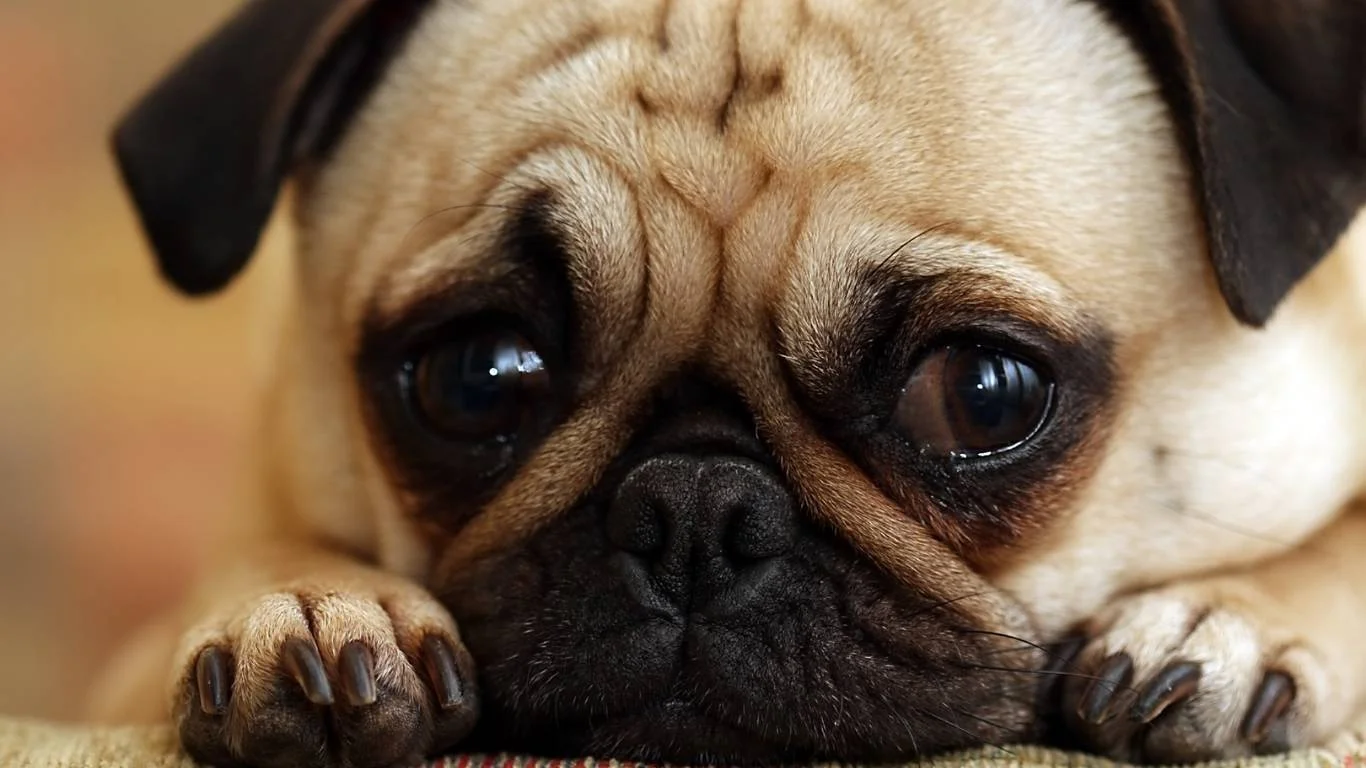
One of the best pieces of advice I can share from my time as a Veterinary Assistant is this: consistency is key. Dogs thrive on routine, and establishing a hydration routine that fits your dog’s lifestyle will make it easier for both of you to stay on top of their water needs—especially in hot weather.
For example, I always encouraged pet owners to set specific times throughout the day for offering fresh water—right after waking up, post-meal, and after any physical activity. This not only encourages regular drinking but also helps you keep track of how much water your dog is actually consuming. Sometimes dogs are picky or get distracted, so having a schedule is a handy way to notice if something’s off.
Adding little incentives can help, too. My personal favorite is mixing a splash of low-sodium broth into their water bowl occasionally—it adds flavor without any unhealthy ingredients, and many dogs find it irresistible. Just be mindful not to overdo it, as too much broth can unbalance their diet.
Monitor Hydration Daily
Make a habit of checking your dog’s hydration status daily, especially during summer months. A quick way is to observe their drinking habits and watch for any early signs of dehydration like dry gums or excessive panting. It sounds simple, but this daily mindfulness has saved many pups from heat-related issues in my experience.
You can also keep a hydration journal if you want to get detailed. I’ve seen clients who jot down water intake alongside weather conditions and activity levels—this helps spot trends and adjust care accordingly. It’s a bit extra work but totally worth it if your dog has special needs or is prone to overheating.
Common Myths About Dog Hydration Debunked
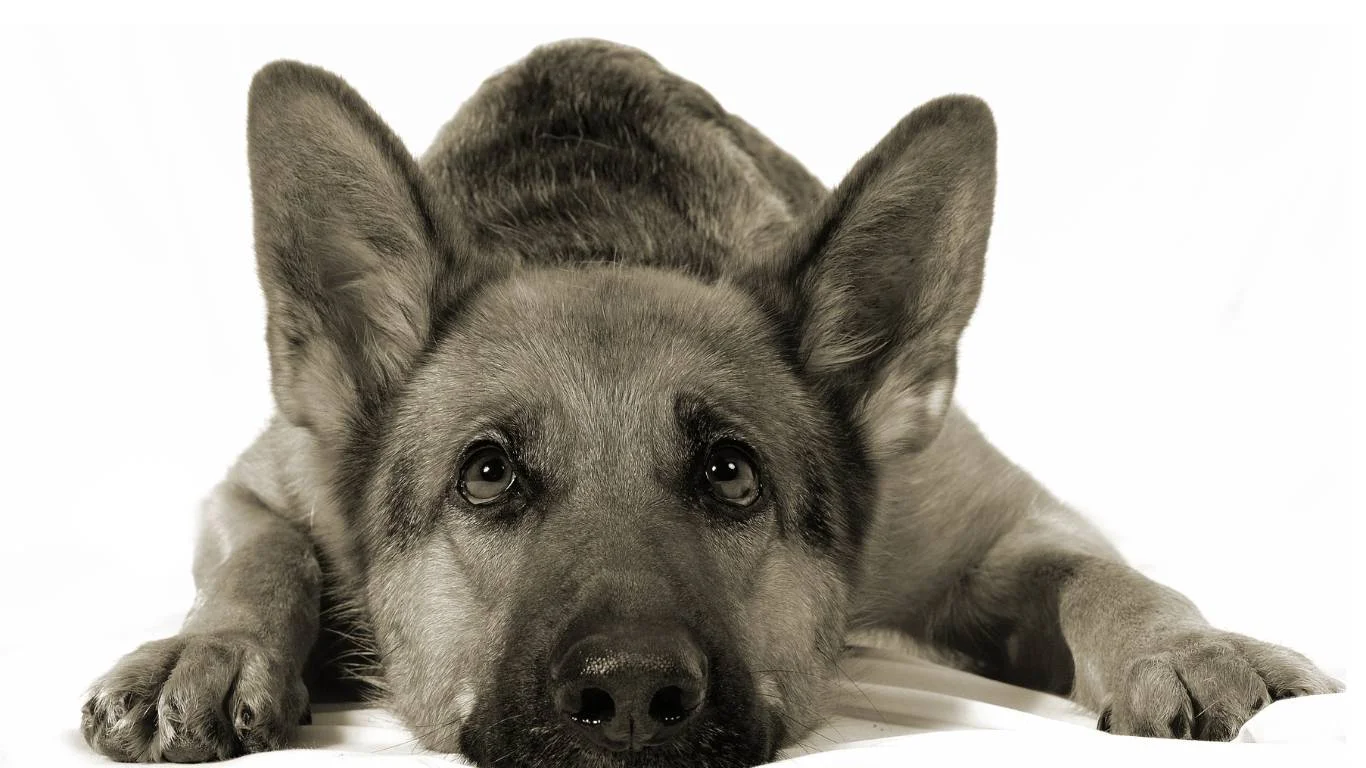
There’s a lot of misinformation floating around about how to keep your dog hydrated in hot weather. Having spent years in veterinary nutrition, I can tell you that debunking these myths makes it easier for pet parents to do what’s really best for their dogs.
Myth 1: Dogs Get Enough Water from Wet Food Alone
While wet food does contribute to hydration, it’s not a substitute for fresh drinking water. Relying solely on wet food can leave your dog under-hydrated, especially during hot weather when water needs spike. Always make sure clean water is available in addition to any food you provide.
Myth 2: Salt Tablets or Electrolytes Are Necessary for All Dogs
Unless recommended by your vet, adding salt tablets or electrolytes isn’t necessary for most dogs. In fact, too much salt can do more harm than good. During my clinic days, I’ve seen cases where unregulated electrolyte supplements caused upset stomachs or worsened dehydration symptoms. Stick to vet-approved products if your dog needs supplementation.
Myth 3: If My Dog Isn’t Panting, They’re Not Overheated
Panting is a big indicator of heat stress, but some dogs, especially brachycephalic breeds, may not pant effectively enough to cool down properly. Always look for other signs of overheating or dehydration, like restlessness, drooling, or vomiting. If you’re unsure, a quick call to your vet can provide peace of mind.
Final Tips for Hot Weather Hydration
- Use multiple water stations: If your dog roams around your yard or home, place water bowls in several spots to encourage frequent drinking.
- Keep water bowls clean: Dirty or stagnant water can discourage your dog from drinking.
- Stay vigilant during travel: When on road trips or vacations, pack plenty of water and take breaks often to hydrate your dog.
- Know your dog’s preferences: Some dogs prefer running water, so consider pet fountains as a hydration tool.
Looking back at my years as a Veterinary Assistant with a nutrition focus, I can’t stress enough how paying close attention to hydration can save your dog from heat-related troubles. It’s a simple habit that makes a huge difference in their comfort, energy, and overall health during those blazing hot days.
References
Disclaimer
This article is intended for informational purposes only and does not replace professional veterinary advice. If you suspect your dog is dehydrated or showing signs of heat-related illness, please contact your veterinarian immediately. Every dog is unique, and hydration needs can vary based on breed, age, health status, and environmental conditions.
